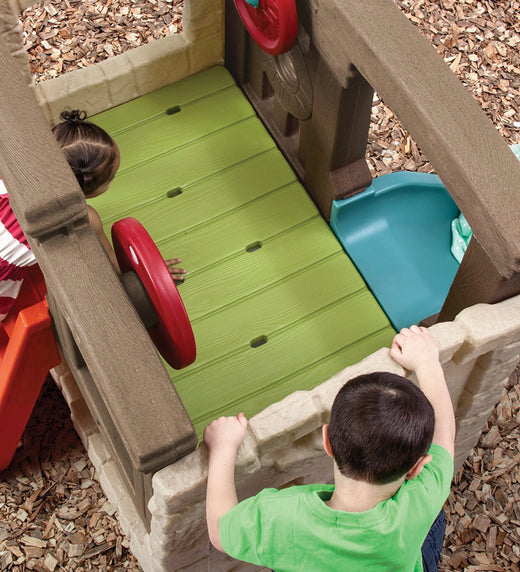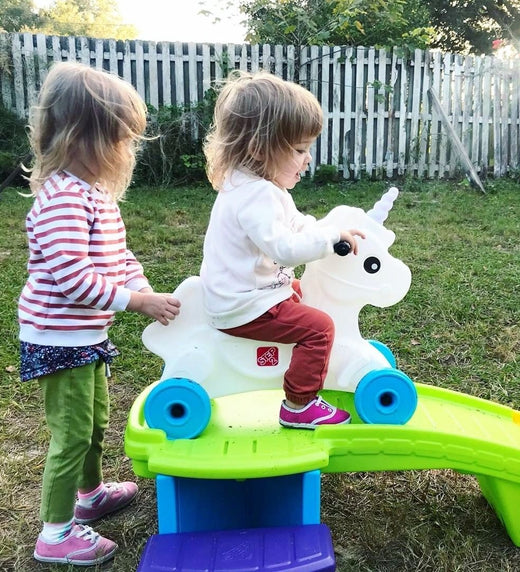
As they grow, your little ones are learning social, emotional, and cognitive skills through a wide range of activities. One of the integral components of their development is pretend play in early childhood. While it may appear from the outside that your child is simply creating a story with their favorite stuffed animal, the benefits of pretend play are extensive.
While you don’t have to do too much as a parent to get your little one’s creativity flowing, there are a few things you can do to facilitate pretend play and help your child reap the long-term benefits. Below, we outline the importance of pretend play in early childhood and provide a few tips for how you can set your child up for a fun pretend play session.
What are some benefits of pretend play?
Pretend play boosts executive functions
Studies show that child who engage in pretend play receives a myriad of benefits, including improved working memory, logical reasoning, multi-tasking, and adaptivity. Imaginative play is also linked to developing “theory of mind,” or being aware of their own thoughts, which is an important component of both social and language skills development.
Children who engage in pretend play also show higher processing for things like make-believe, divergent thinking, symbolism, and organization. Pretend play also allows them to express and experience both positive and negative emotions appropriately and helps them develop empathy.
Pretend play creates better self-monitoring skills
Pretend play fosters and increases a child’s ability to use self-monitoring and self-control methods. Children who engage in imaginative play have a reduced amount of aggression, can delay gratification longer than those who don’t engage, and they typically have more friends and make more social connections.
What are the best ways to foster pretend play?
Set up imaginative scenarios
The best way to enhance the effects of imaginative play is by setting up different scenarios that your little one can use for pretend play. Whether you set up their play kitchen so they are a chef at a famous restaurant or allow them to care for a baby in their play nursery, all your child needs are a few props and a prompt to let their imagination run wild.
Read stories and rewrite endings
Reading stories alongside your child is also an excellent way to foster their imagination. Branch out from the storyline, and allow your kids to create their own ending or twist in the middle. Ask them questions like “what if?” or “what do you think?” to get them to think outside of the box and allow their minds to wander through all the potential possibilities.
Join the playtime
While your child may be content to pretend play alone sometimes, there may be other times that they can benefit from having another playmate. Begin by watching your child play so you can determine the scenario they’ve set up. When you join in, stick with their theme and avoid taking control of the playtime. If your child seems to be running out of steam, guide them with simple questions to help them get back into the world they imagined.
Integrate art to encourage creativity
Lastly, allow them to use many different forms of creative play outside of role play. Painting at their art desk or building a fun craft works the imagination just as well as classic pretend play does. Being creative isn’t just about role modeling and learning to pretend play, it is also about exciting all the areas of the mind to foster cognitive, creative, and social skill enhancement.
No matter how your little one chooses to engage in pretend play, Step2 has the toys to facilitate their creativity and imagination. Browse our range of pretend play toys today!








